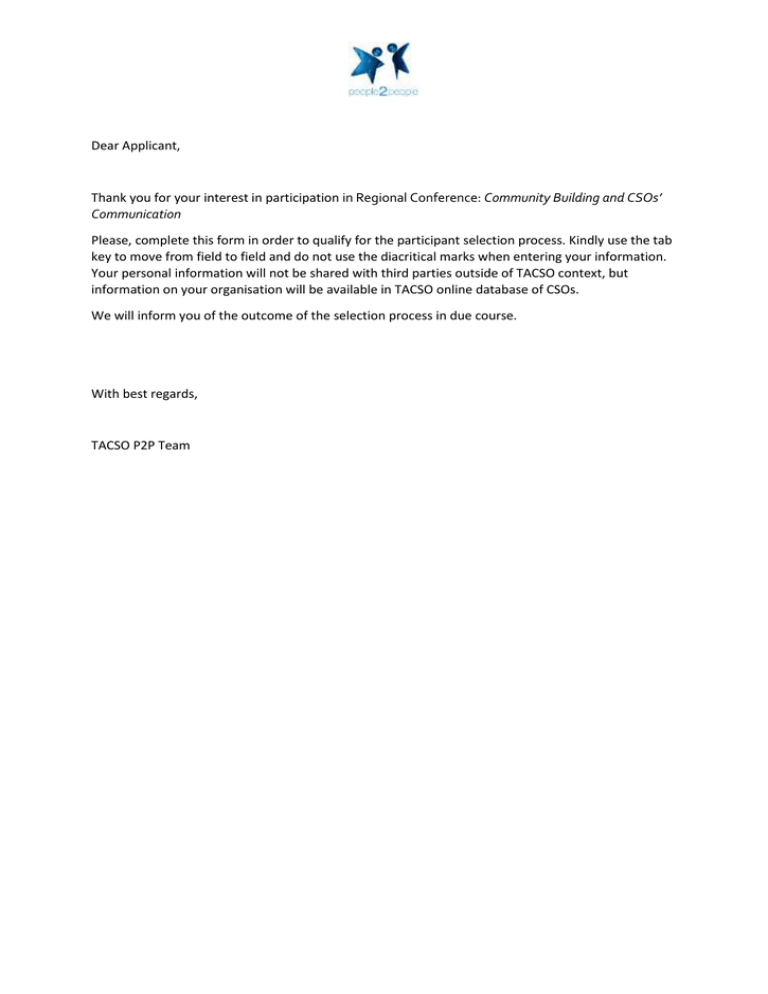

On this website you can find a detailed overview not only of the above-mentioned techniques, but of the whole subject of aging, both from a practical and theoretical point of view - and how to prevent it. Today, evidence is accumulating which not only confirms many of the beliefs, but provides data suggesting that there are additional benefits too. Some techniques - such as a vegetarian diet, fasting, and more recently caloric restriction (low-calorie dieting) - are well-established for their reputed benefits, and have dedicated groups of followers. Now, science is making significant progress in understanding the riddle of what happens when we age - and evaluating techniques which can slow or even reverse the process. So, you wouldn’t tell someone to give your best regards to your best friend or your spouse.The "fountain of eternal youth" has been a recurring theme in literature since ancient times. More informally, you would use it to send pleasant wishes to someone you don’t know well but have fond feelings for. Outside of this context, however, it can have a warmer feeling although it is still also appropriate in a business or formal context.įor example, if your coworker was going on a trip to another city to meet with some colleagues you have also met with on a business trip, it would be appropriate to say, “Give them my best regards.” It is a somewhat formal way of closing a letter or email, and you would use it for business or in a situation where you did not know someone well. “Best regards” literally means that you are sending good wishes to someone. If you give her my best regards, she will know I was thinking of her. The same is true if “best regards” comes at the end of a dependent clause followed by an independent clause: Give the nurse my best regards, and thank her for helping us. Give Zoe my best regards, and don’t forget to stop at the post office. If you then add another sentence and connect it with a conjunction, “best regards” needs to be followed by a comma like any other word at the end of an independent clause that is connected to another independent clause with a conjunction: Sometimes, you could switch the words around a little bit so that “best regards” comes at the end of a sentence: “Best regards” at the end of a clause followed by an independent clause I want to send my best regards to the people of this town and the mayor for their warm welcome. My best regards to them, and tell them I’ll see them soon.
#Thank you and best regards 意味 plus#
When “best regards” is immediately followed by “to” in a sentence plus the name of a person or another identifier, it should not be followed by a comma.

“Best regards” is most commonly used to close an email or letter, but you can also use it in a sentence.

This is how you are most likely to encounter the phrase “best regards.” Therefore, your closing would look like this: Usually, your name goes on the next line. This is the standard for any closing, including “sincerely,” “love” and “all the best.” If you are ending a letter or an email with “best regards” followed by your name, there should be a comma after “best regards.” “Best regards” to close a letter or email You do not need a comma if you are using it in a sentence and you follow it immediately with “to” and the name of the person you want to receive your regards. You need a comma when it’s used to close a letter or email or if it’s in a position in a sentence that normally requires a comma. What do you do? Keep reading and we’ll explain to you how to handle this sometimes-tricky phrase.ĭo you need a comma after “best regards”? If you choose wrongly, you could sound either overfamiliar or unnecessarily cold.Īs if this isn’t enough to worry about, then there’s that ever-present issue of commas! You have to find the right words for the occasion, which means choosing a phrase with the right level of formality. Writing the closing of a letter can be tricky.


 0 kommentar(er)
0 kommentar(er)
